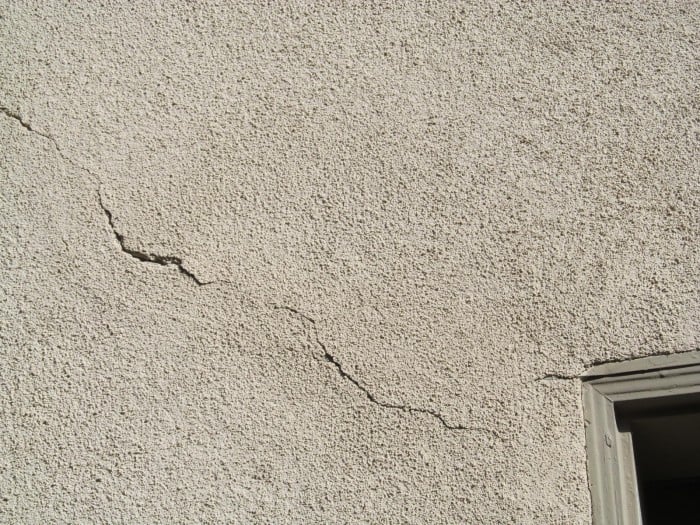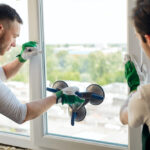Stucco is a versatile and durable exterior finish popular in architectural designs for its aesthetic appeal and weather resistance. However, like any building material, stucco is susceptible to damage over time due to environmental and structural factors. Homeowners in Philadelphia regions often face specific challenges related to the area’s climate and construction practices. Understanding the causes of stucco Philadelphia damage and how specialists repair and prevent these issues is essential for maintaining a property’s structural integrity and appearance. This article explores common stucco problems and the expert solutions that ensure lasting results.
Water Intrusion and Poor Drainage
Water intrusion is one of the most frequent causes of stucco damage, often resulting from inadequate drainage systems or faulty construction. Prolonged exposure to moisture can lead to cracks, mold growth, and structural deterioration.
- Improper Sealing Around Openings: Stucco must be correctly sealed around windows, doors, and other openings to prevent water infiltration. Gaps or worn seals allow water to seep behind the stucco, causing internal damage.
- Blocked or Missing Weep Screeds: Weep screeds are essential for allowing water to drain from behind the stucco. Blocked or missing screeds trap moisture, leading to rot and mold in the underlying layers.
- Poor Grading Around the Foundation: When the ground around a building slopes towards the foundation, water can accumulate and saturate the stucco base. Over time, this weakens the material and exacerbates water damage.
Improper Installation Techniques
The longevity of stucco heavily depends on the expertise of the installer. Poor installation practices can compromise its durability and lead to significant issues.
- Insufficient Curing Time: Stucco needs adequate curing time to harden and bond correctly. Rushed installations often result in weak surfaces prone to cracking and detachment.
- Inadequate Layer Thickness: Stucco is typically applied in layers, with each layer requiring a specific thickness for optimal performance. Skipping layers or applying them too thinly reduces strength and durability.
- Failure to Use a Proper Lath System: The lath system provides the necessary support for stucco. Using low-quality or improperly installed lath can lead to uneven surfaces and poor adhesion, increasing the likelihood of cracking.
Use of Substandard Materials
The quality of materials plays a significant role in stucco performance. Subpar products can result in premature failure, even when applied correctly.
- Low-Grade Stucco Mixtures: Cheaper stucco mixtures often lack essential components, such as polymers, that enhance flexibility and resistance to environmental stress. These mixtures crack more easily under pressure.
- Inferior Reinforcement Mesh: Reinforcement mesh adds strength to stucco applications. Poor-quality mesh or insufficient use during application increases the likelihood of cracking and separation.
- Use of Non-Weather-Resistant Paints: Painting stucco with non-weather-resistant products can cause peeling and deterioration when exposed to harsh weather conditions. High-quality, breathable paints are necessary to protect and maintain stucco surfaces.
Freeze-Thaw Cycles in Cold Climates
Regions that experience freeze-thaw cycles, such as those with harsh winters, pose additional challenges for stucco maintenance.
- Expansion and Contraction: Water trapped in the stucco expands as it freezes, creating pressure that leads to cracking. During thawing, the material contracts, which exacerbates the damage.
- Repeated Stress on Surface Layers: Each freeze-thaw cycle stresses the surface layer of stucco, weakening its structure over time. This leads to surface flaking, known as spalling.
- Accelerated Wear and Tear: The combination of moisture and fluctuating temperatures accelerates the breakdown of stucco, making regular maintenance essential in colder climates.
Solutions: Drainage Systems, Proper Flashing, and High-Grade Stucco Mixtures
Specialists employ various solutions to address and prevent stucco damage, ensuring long-term durability and aesthetic appeal.
- Installing Effective Drainage Systems: Drainage systems, such as properly placed weep screeds and sloped grading, prevent water accumulation behind stucco surfaces. These systems are crucial for mitigating water intrusion.
- Utilizing Proper Flashing Techniques: Flashing around windows, doors, and rooflines is critical for directing water away from stucco. Experts ensure that flashing is installed correctly to prevent leaks.
- Using High-Quality Stucco Mixtures: Modern stucco mixtures incorporate advanced materials, such as acrylics and polymers, to enhance flexibility and resistance to cracking. These mixtures perform better under stress and environmental fluctuations.
- Reinforcement with Durable Mesh Systems: Specialists use high-quality reinforcement mesh to provide additional support and stability, reducing the likelihood of surface cracking.
- Regular Maintenance and Inspections: Periodic inspections allow specialists to identify potential issues before they worsen. Proactive maintenance, such as sealing cracks and addressing drainage problems, extends the life of stucco applications.
Conclusion
Stucco damage can arise from various factors, including water intrusion, poor installation techniques, substandard materials, and environmental stressors like freeze-thaw cycles. By understanding these common causes, homeowners in Philadelphia can take preventive measures to protect their properties. Professional solutions, such as advanced drainage systems, proper flashing, and the use of high-quality materials, play a crucial role in mitigating these issues.
For those facing severe stucco problems, consulting with stucco remediation specialists Philadelphia, such as someone from Stucco Repair Philadelphia, ensures expert repairs and preventative strategies. These professionals combine technical knowledge with cutting-edge materials to restore stucco surfaces to their original condition, safeguarding your property’s value and appeal.






